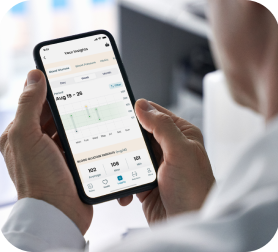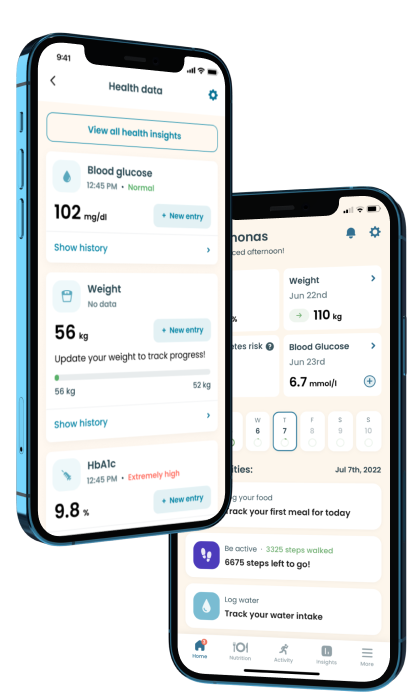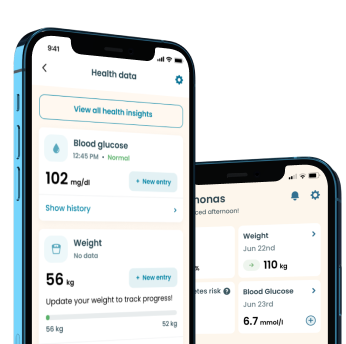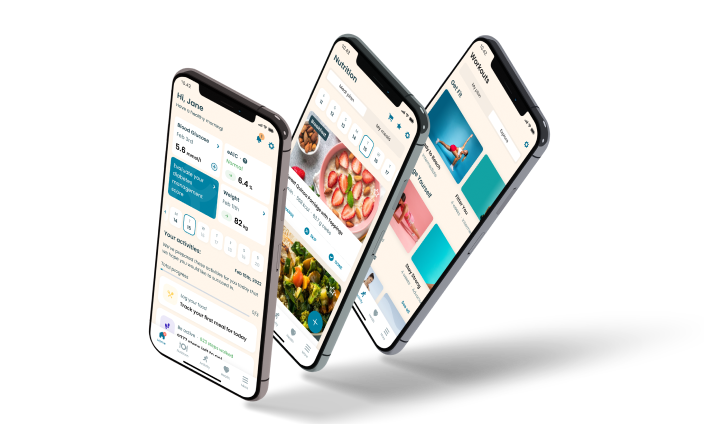Running with Diabetes

Eating healthy meals and exercising to lose or maintain weight are crucial to managing diabetes. When these simple changes are made, it can decrease the necessity for, or better still, aid the effect of insulin and other diabetes medication.
Engaging in running activities offers impressive effects on the heart and the general functioning of the body. For diabetics, running is more essential to maintain their blood sugar levels before, during, and after the activity. Although running does not seem to pose any significant health risk, there’s still a possibility of hypoglycemia after this exercise.
Hence, before you grab your running shoes, you must consult with your physician on the safety of this exercise.
How Does Running Benefit Diabetics?
Although running is vital for our general well-being, its importance to diabetic health is our center of focus. This section presents findings from existing clinical studies and research on why you should couple running with diabetes.
Improves Overall Body Functioning
Running is categorized as an aerobic exercise — one that yields energy by coupling oxygen with blood fat/glucose and offers cardiovascular conditioning. According to research, moderate to high aerobic activity is linked to lower risks of heart disease and type 1 and type 2 diabetes-associated deaths.
In type 1 diabetes patients, aerobic exercise lowers insulin resistance, enhances lipid levels and endothelial function, and boosts cardiorespiratory fitness. Similarly, this exercise reduces triglycerides, A1C, insulin resistance, and blood pressure in type 2 diabetes patients.
Reduces the Risk of Diabetes and Its Complications
While the blood-glucose-lowering effect of running is essential, its role in curbing the risk of diabetes complications is worthy of mention. One study conducted on 33,060 runners and 15,945 walkers compares the effect of running and walking on diabetes, hypertension, and cholesterol risk reduction. Remarkably, a six-year follow-up period found that both activities significantly decreased the risk of chronic heart disease (CHD), diabetes mellitus, hypercholesterolemia, and incident hypertension by 4.5%, 12.1%, 4.3%, and 4.2%, respectively.
Improves Glycemic Control
Running and other aerobic exercises have been observed to affect blood sugar levels efficiently. It is established to improve HbA1c (glycated hemoglobin), with additional strong evidence backing its effect on weight management.
Notably, a 2007 randomized controlled trial conducted on 60 overweight type 2 diabetes subjects found that six months of aerobic training reduced insulin resistance, HbA1C, fasting plasma glucose, and fasting insulin — blood sugar markers. It also offers a lowering effect on systolic blood pressure.
Take a quiz
Discover what Klinio app can do for you
Healthy diabetes meal plan crafted just for YOU

Personalized workouts with no equipment needed

Track your progress with smart tracking tools

Safety Tips to Consider Before You Pair Running With Diabetes
Have you resolved to take up running as an exercise to shed that extra weight and improve your diabetes condition? Here are some health precautions you can take to get the best out of it:
Consult Your Doctor
You might ask, “why should I consult a doctor since I’m trying to engage in some health-boosting activity?” Well, there’s no harm in paying a visit to a health professional before committing to regular running routines. Namely, they can make changes to your medication or provide tips on how you can further adjust your calorie intake to prevent high and low blood sugar.
Tone Down Your Calorie Intake
Energy bars and supplements are readily available carbs to get your glucose levels up and prevent hypoglycemia. For diabetics, frequent consumption of these products can impede calorie burn and the blood-glucose-lowering effect of your run. According to research, high-calorie intake causes a decline in beta-cell function and insulin sensitivity in women with a high type 2 diabetes risk.
Hence, it’s crucial to minimize your intake of such foods to allow for excellent results from running.
Engage in Running After a Meal
It’s a no-brainer that blood sugar level rises after each meal. However, people with diabetes can curb this spike by running soon after a meal. Aside from decreasing the expected blood glucose spike, running offers extra protection from hypoglycemia.
Take It Slow
Although running has fantastic benefits, beginners should start with moderate-intensity exercise. Overall, what matters the most is your consistency. Hence, set attainable goals and level up slowly.
Hypoglycemia: A Running-Associated Risk
Since hypoglycemia is a potential risk for diabetics that engage in an exercise like running, the ability to recognize it and act accordingly goes a long way in preventing complications. If you experience symptoms like dizziness, hunger, confusion, tiredness, and tremors after running, you should take a break.
How to Handle Hypoglycemia
Hypoglycemia can be easily prevented by constantly checking your blood sugar level with a CGM (continuous glucose monitor) or finger sticks. However, in a scenario where you experience hypoglycemia symptoms while running, try to ingest some fast-digesting carbs (e.g., bananas, peaches, and rice cakes) and have small amounts of fat and protein close (e.g., edible nuts).
Summary
Running is a fantastic exercise for optimal diabetes management. While it provides desirable health benefits, hypoglycemia is also possible, especially in individuals with unsteady blood sugar levels. Hence, it’s advised you consult with your health practitioner before you get started.

Download Klinio app!
Get more by downloading our free Klinio App. Analyze your health, form new habits and manage your diabetes anytime, anywhere.
OR
SCAN QR CODE



GET THE APP










